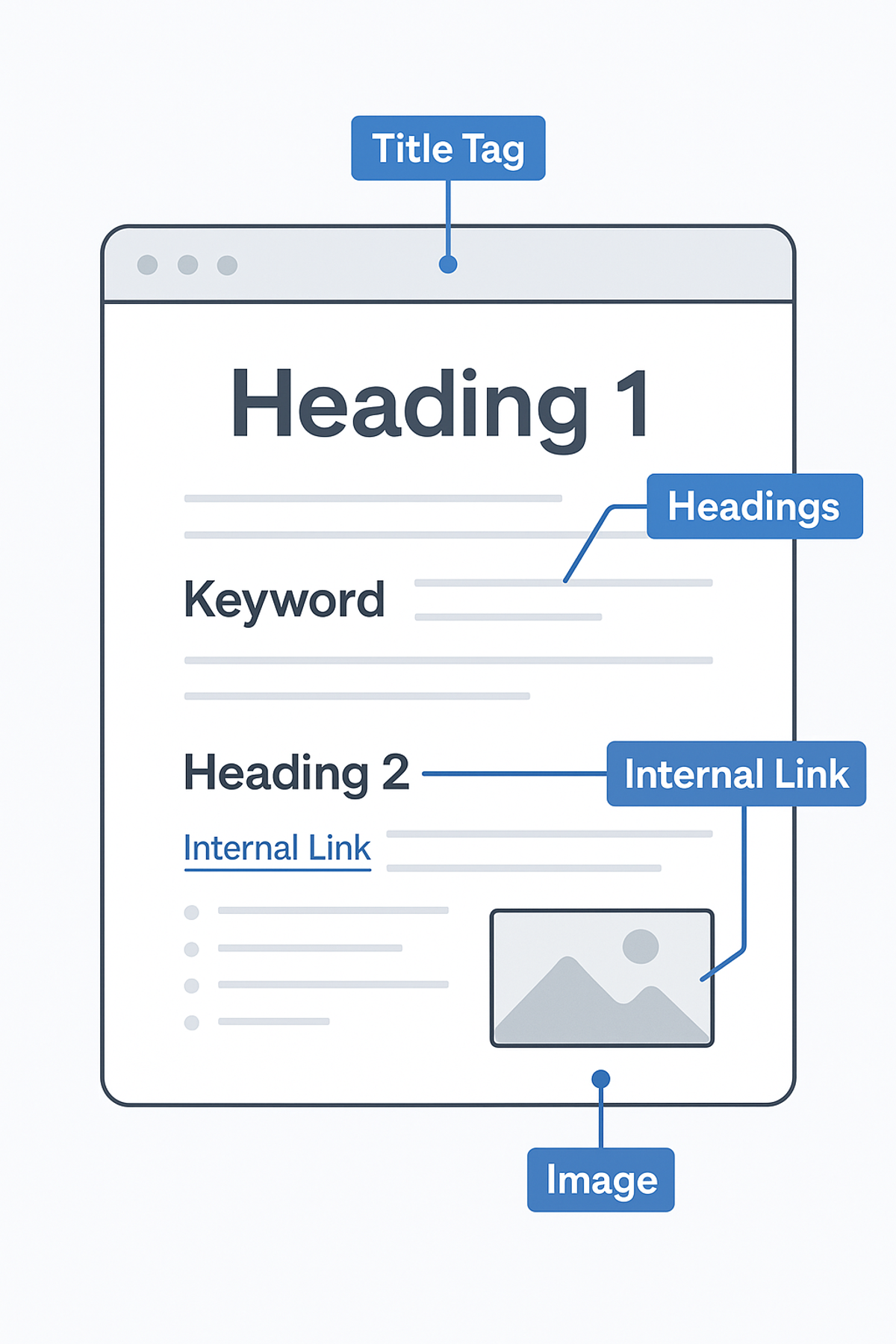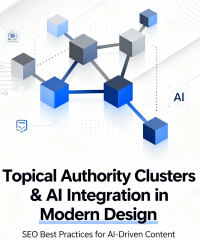
Search engine optimization (SEO) is no longer just a technical checkbox. In 2025, it is a foundational pillar of any successful digital strategy. For brands and businesses aiming to grow online, SEO represents more than rankings — it represents visibility, authority, and long-term growth.
Yet, one of the most common misconceptions we encounter is the belief that SEO is singular: that a few keywords and some content updates are enough. In reality, SEO is a multifaceted discipline. At its core lie two interconnected pillars: on-page SEO and off-page SEO.
This article explores the fundamental differences between on-page and off-page SEO, how they work together, and what businesses must focus on to compete effectively in today’s digital landscape.
On-Page SEO: Optimizing What You Control
On-page SEO refers to the strategies and optimizations that occur directly on your website. Its primary objective is to ensure that each page is structured, written, and designed in a way that search engines can understand, and users can engage with.
A well-optimized page aligns technical performance with user intent — combining keyword relevance, structured data, and clean UX to signal trustworthiness and authority to search engines.

Core Components of On-Page SEO
1. Content Quality and Relevance
Search engines prioritize content that provides clear, comprehensive, and original value. Pages should be written with topical depth and structured to align with search intent — whether informational, navigational, or transactional.
2. Title Tags and Meta Descriptions
These HTML elements influence both search engine indexing and user click-through rates. An effective title tag accurately reflects the page content and incorporates primary keywords without being redundant. Meta descriptions, though not a ranking factor, function as compelling summaries in search engine results pages (SERPs).
3. Header Structure (H1–H6)
Proper use of headers improves readability and helps search engines understand content hierarchy. A page should include only one H1 tag (usually the title), followed by subheadings (H2–H6) that organize sections logically.
4. URL Structure
Descriptive, keyword-rich URLs support SEO by providing clarity to both users and search engines. Short, clean slugs such as /on-page-seo-basics are preferable to long, parameter-filled URLs.
5. Internal Linking
Linking to other relevant pages within your site distributes link equity and helps users navigate your content. A strategic internal linking structure can improve crawlability and support cornerstone content.
6. Image Optimization
All images should include relevant alt text for accessibility and SEO. File sizes must be optimized for fast loading, and file names should be descriptive.
7. Mobile Responsiveness
With mobile-first indexing now the standard, a responsive design is non-negotiable. Content must render correctly across all screen sizes without compromising readability or functionality.
8. Page Speed and Core Web Vitals
Fast-loading pages contribute to better user experience and can influence rankings. Core Web Vitals — including Largest Contentful Paint (LCP), First Input Delay (FID), and Cumulative Layout Shift (CLS) — are now measurable performance indicators in Google’s ranking algorithms.
Off-Page SEO: Building Authority Beyond Your Website
Off-page SEO refers to the strategies that take place outside of your website but directly impact your site’s credibility, trustworthiness, and search performance. It focuses on how others perceive your brand, how your content circulates across the web, and the quality of your inbound links.
While on-page SEO ensures your website is discoverable and accessible, off-page SEO amplifies its reputation in the wider digital ecosystem.
Key Elements of Off-Page SEO
1. Backlink Profile
Backlinks remain one of Google’s most influential ranking signals. When authoritative websites link to your content, they pass trust signals — often referred to as “link equity” — that increase your domain authority and keyword visibility. However, not all links are equal. A single backlink from a reputable, relevant source often outweighs dozens from low-quality domains.
2. Link Building Strategies
Effective link building includes techniques such as guest posting, digital PR, broken link outreach, resource link placements, and strategic content promotion. Natural link acquisition — driven by quality content that others find worth referencing — remains the gold standard.
3. Brand Mentions and Citations
Even when links are not present, consistent brand mentions across trusted platforms (news sites, industry directories, blogs) can signal relevance to search engines. Local citations, especially in the context of local SEO, help verify your business’s legitimacy and location.
4. Social Signals and Engagement
While social media engagement is not a direct ranking factor, it indirectly supports SEO by increasing content visibility, attracting traffic, and facilitating backlink opportunities. A piece of content that gains traction on platforms like LinkedIn or Twitter can attract attention from journalists, bloggers, and industry influencers.
5. Google Business Profile and Local SEO
For businesses with physical locations, an optimized Google Business Profile can significantly impact local search rankings. Factors such as reviews, Q&A responses, business categories, and image uploads all contribute to local visibility.
6. Influencer Outreach and Content Syndication
Strategic partnerships with industry voices or publication on third-party platforms (such as Medium or industry magazines) can expand reach, improve trust, and generate backlinks.
The Interdependence of On-Page and Off-Page SEO
Successful SEO requires a dual focus. On-page and off-page SEO are not competing strategies — they are complementary.
Without strong on-page foundations, off-page efforts are diluted. Earning backlinks to poorly structured or thin content does little to improve search performance. Likewise, even the most well-optimized website will struggle to rank if it lacks authority and recognition beyond its own domain.
Investing in both areas leads to compounding results: improved rankings, increased organic traffic, higher engagement, and stronger brand positioning.
Strategic Takeaways for 2025
- Prioritize technical and content-based on-page SEO as your foundation.
- Create linkable assets that attract organic backlinks.
- Use data-driven outreach and content promotion to amplify visibility.
- Monitor both on-site and off-site performance metrics through tools like Google Search Console, Ahrefs, and SEMrush.
- Treat SEO as an integrated part of your brand and content strategy, not as an isolated task.
SEO in 2025 is about more than algorithms. It's about creating value, earning trust, and delivering a seamless experience across every touchpoint. Brands that invest in both on-page and off-page optimization not only rank better — they build lasting digital authority.
If you're looking to elevate your visibility through a well-structured SEO strategy, our team is here to help. From technical audits and content strategy to backlink campaigns and performance tracking, we deliver results that align with your business goals.
Contact us to begin your optimization journey.
“Success is the result of perfection,
Phil Martinez
hard work, learning from failure, loyalty, &
persistence”








